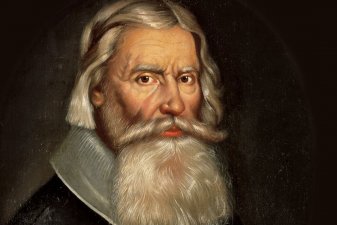In the annals of Northern Europe during the Renaissance, amidst the flourishing of Hermeticism, Kabbalah, and Medieval magic, emerges an intriguing figure whose life and work spanned the realms of pre-Christian mythology and esoteric Renaissance knowledge. Johannes Thomae Agrivillensis Bureus, known simply as Johannes Bureus (1568-1652), embodies this unique fusion of disparate yet intertwined traditions. Despite the scarcity of information about him, his contributions to the study of Nordic mythology and runology, alongside his engagement...


